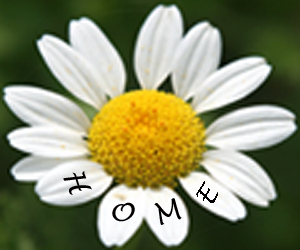Charoset
Charoset, is one of the symbolic foods eaten by Jews during the Passover seder.
There are no references to charoset in all the biblical text. The Torah never mentions eating it.
In the Haggadah, Hillel (c.110BCE-10CE) is mentioned as the founder of the custom of eating Matzah with bitter herbs and charoset.
The Talmud presented three different outlooks on the symbolism of charoset:
- Rabbi Levi said: In memory of the tapuchim (a fruit tree).
- Rabbi Yochanan said: In memory of the tit (mud).
- Abaye, a Rabbi of the Talmud who lived in Babylonia, known as an amora, combined the two: make it acid in memory of the tapuchim and thicken it in memory of the cheres (clay)."
Rashi says it is based on and refers to:
Shir Hashirim (8:5): Under the apple tree I roused you; there your mother conceived you, there she who was in labor gave you birth.
Sota 11b: R. Awira expounded: As the reward for the righteous women who lived in that generation were the Israelites delivered from Egypt. When they went to draw water, the Holy One, blessed be He, arranged that small fishes should enter their pitchers, which they drew up half full of water and half full of fishes. They then set two pots on the fire, one for hot water and the other for the fish, which they carried to their husbands in the field, and washed, anointed, fed, gave them to drink and had intercourse with them among the sheepfolds, as it is said: When ye lie among the sheepfolds etc. As the reward for 'When ye lie among the sheepfolds', the Israelites merited the spoliation of the Egyptians, as it is said: As the wings of a dove covered with silver, and her pinions with yellow gold. After the women had conceived they returned to their homes; and when the time of childbirth arrived, they went and were delivered in the field beneath the apple-tree, as it is said: Under the apple-tree I caused thee to come forth [from thy mother's womb] etc.
The opinion of Rabbi Yochanan that the origin of charoset lay in Nile mud is the most obvious one, reflected in its very name, derived from the later preferred term cheres, חרס. According to this view, charoset, like the bitter herbs dipped into it, serves as a reminder of the slavery and oppression of Egypt and the mud the Israelites used to make bricks. Mashed dried fruits, particularly dates, evoke this symbolic meaning, as they resemble mud.
The basis for the charoset was dates [the palm is a metaphor for an imposing height and the righteous.] The reddish brown color of the date honey serves to highlight its connection to mud.
The first known charost recipe, which was included in the siddur (Jewish prayer book) of Saadia Gaon, Sa’adiah ben Yosef Gaon ( born Egypt 882/892, died Baghdad 942), head of the Sura Academy (Hebrew: ישיבת סורא) in Babylonia instructs,
“Make a moist sauce from dates, walnuts, and sesame {the spice]
and knead it in a red wine vinegar [the acidic element],
and that is called ‘halek’.”

|
|
>נ4<>נ4<>נ4<
|
